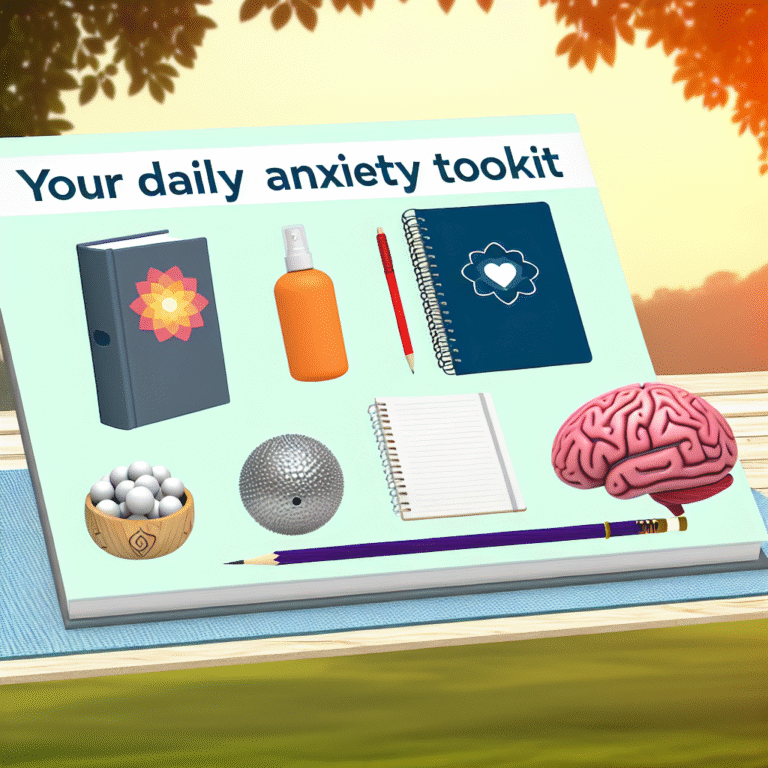
Introduction
Have you ever found yourself convinced that your opinion is the only rational one, dismissing others without a second thought? You’re not alone. Breaking the Illusion: Recognizing Cognitive Bias in Everyday Life is not just an exploration of the mind; it’s a journey into understanding how our perceptions can lead us astray. In an ever-complex world filled with information overload, cognitive biases can warp our decision-making, skew our beliefs, and hinder personal growth. This article delves deep into the intricacies of cognitive biases, illustrating their effects with real-world examples and offering strategies for overcoming them.
What Are Cognitive Biases?
Defining Cognitive Biases
Cognitive biases are systematic patterns of deviation from norm or rationality in judgment, influencing our attitudes and decision-making processes. They are mental shortcuts that simplify information processing but can lead us to erroneous conclusions.
The Importance of Recognition
Breaking the Illusion: Recognizing Cognitive Bias in Everyday Life is crucial because these biases can compromise our ability to make informed decisions, affecting everything from personal relationships to business strategies.
Common Types of Cognitive Biases
Confirmation Bias
Confirmation bias is the tendency to search for, interpret, and remember information that confirms our pre-existing beliefs. This often leads to a skewed perception of reality and can be problematic in discussions where diverse perspectives are needed.
Case Study: The Role of Confirmation Bias in Politics
Consider a political debate where two parties hold vastly different perspectives. Both sides engage in confirmation bias by only seeking out media and data that supports their views. As a result, meaningful dialogue becomes nearly impossible.
| Bias Type | Definition | Real-World Impact |
|---|---|---|
| Confirmation Bias | Favoring information that confirms existing beliefs | Polarized political views |
Anchoring Bias
Anchoring bias occurs when individuals rely too heavily on the first piece of information encountered (the "anchor") when making decisions. This bias can lead to poor financial choices or misjudgments in evaluations.
Case Study: The Pricing Strategy in Retail
Retailers often use this bias to their advantage by setting a high initial price for a product, then offering a lower sale price. Consumers might perceive the sale as a great deal without realizing the original price was artificially inflated.
The Psychology Behind Cognitive Biases
The Brain’s Shortcuts
Our brains are wired to take short cuts, optimizing our cognitive load but inadvertently leading to errors in judgment. Neuroscience shows that while these biases can streamline decision-making in some contexts, they often cloud our judgment in more complex scenarios.
Emotional Influences
Emotions play a crucial role in cognitive biases. For instance, fear can exacerbate confirmation bias as individuals cling to data that aligns with their anxieties. Recognizing this emotional interplay is vital in Breaking the Illusion: Recognizing Cognitive Bias in Everyday Life.
Strategies to Overcome Cognitive Biases
Develop Awareness
The first step in Breaking the Illusion: Recognizing Cognitive Bias in Everyday Life is to cultivate awareness of your biases. Self-reflection and mindfulness can help identify the moments when bias may be influencing your thoughts.
Seek Diverse Perspectives
Engaging with individuals who hold differing views can help combat biases like confirmation bias. This practice exposes you to a broader range of information, allowing for more balanced judgments.
Embrace Critical Thinking
Critical thinking encourages questioning assumptions and analyzing arguments. Exercises like debating both sides of a topic can enhance this skill, helping to mitigate the effects of anchoring and other biases.
Real-World Applications of Overcoming Biases
In Business
Businesses that recognize cognitive biases can make better strategic choices. For example, companies employ diverse hiring practices to avoid groupthink, which often arises from shared biases among teams.
Case Study: Google’s Hiring Practices
Google’s use of structured interviews has been designed to minimize biases, ensuring that all candidates are evaluated fairly. By implementing this method, the company has effectively reduced the impact of anchoring and confirmation biases on hiring decisions.
In Personal Relationships
In personal relationships, recognizing cognitive biases can lead to healthier communication. Understanding that biases can skew perceptions of a partner’s behavior promotes empathy and patience.
Case Study: Couples Therapy Approaches
Therapists often focus on helping couples recognize their cognitive biases. For instance, one partner may exhibit confirmation bias by interpreting their partner’s actions through a negative lens. Recognizing this can foster healthier dialogue.
Conclusion
Breaking the Illusion: Recognizing Cognitive Bias in Everyday Life is not merely an intellectual exercise; it is a vital skill set for personal and professional growth. By acknowledging and addressing our cognitive biases, we can enhance our decision-making capabilities, foster more robust relationships, and engage in more meaningful conversations.
Take a moment today to reflect on the biases that may be influencing your thoughts and decisions. Equip yourself with the tools to break free from the illusions that hold you back and aspire to a clearer understanding of the world around you.
FAQs
What are the most common cognitive biases?
Some common cognitive biases include confirmation bias, anchoring bias, availability heuristic, and hindsight bias.
How do cognitive biases affect decision-making?
Cognitive biases can lead to distorted thinking, poor decisions, and reinforced stereotypes by narrowing the focus of our attention and affecting our interpretations of information.
Can cognitive biases be overcome?
While it may be challenging, awareness, seeking diverse perspectives, and practicing critical thinking can significantly reduce the impact of cognitive biases.
Are cognitive biases always negative?
Not necessarily. Some cognitive shortcuts can be beneficial by allowing for quicker decision-making, especially in routine situations where quick responses are necessary.
How can I educate others about cognitive biases?
Consider sharing articles, hosting discussions, or conducting workshops focused on cognitive biases. Practical examples and interactive activities often resonate well.
Final Thoughts
In a world rife with distractions and misinformation, Breaking the Illusion: Recognizing Cognitive Bias in Everyday Life is essential for anyone seeking clarity in their thoughts and actions. Make it a point to educate yourself and those around you; together, we can foster a more rational and empathetic society.

















